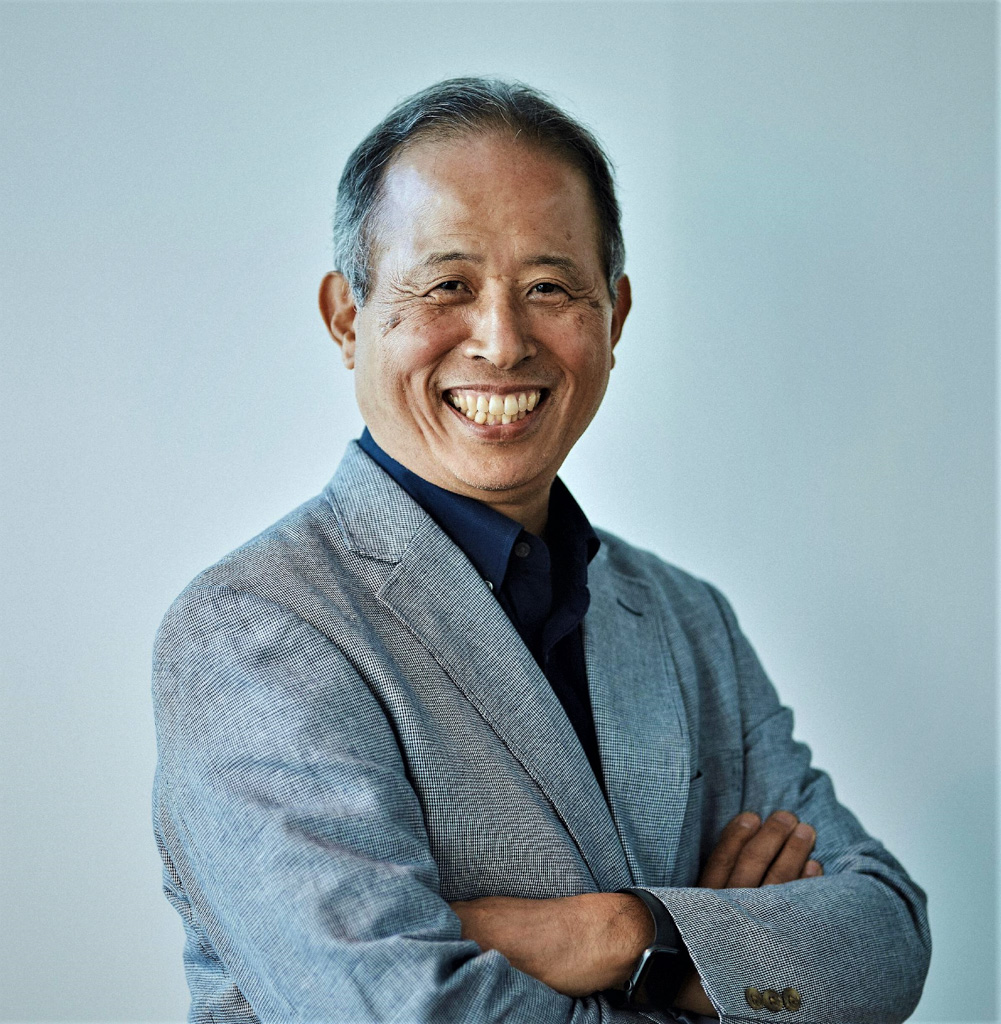Tange to Bonus Track: Swaying Changes in the Japanese City

Singapore Theatre (Basement), Glyn Davis Building (MSD), the University of Melbourne, Parkville
Since its defeat in World War II in 1945, Japan has been striving for postwar reconstruction and achieved rapid economic growth in the 1960s. The first Tokyo Olympics in 1964 was an important propaganda event to show the world its recovery. Kenzo Tange was an architect who successfully worked with Japan's postwar reconstruction and was also a rare figure who promoted Megastructures to bridge the scales of architecture and the city. Later, Japan experienced economic ups and downs, but in 1997, foreseeing global warming, it came to sign the Kyoto Protocol. The architecture profession began to acknowledge the importance of retrofitting and moving beyond CO2-generating scrap-and-build practices to be more environmentally and socially sustainable with the involvement of citizens. The trends of postwar reconstruction → environmental policy → citizen-participatory design → walkable cities are common worldwide, but the case of Japan is particularly pronounced. Though recent projects have moved away from the Megastructure ideas of the Tange era, they still share the same underlying philosophy of maximizing QoL (quality of life) by utilizing limited urban resources in a densely built-up Megacity.
About the speaker

Masami Kobayashi is a Professor in the Department of Architecture at Meiji University, Japan. Kobayashi received a PhD in Engineering in Architecture from the University of Tokyo, a Master of Design Studies at the Graduate School of Design, Harvard University, and a Master and Bachelor of Engineering in Architecture from the University of Tokyo. He worked for Kenzo Tange and Associates from 1979 - 1985 before establishing his own firm Archi-Media where he has been working on projects in Japan, China, and the USA for more than 20 years.
Professor Kobayashi is a scholar and an active architect/urban designer known as Japan's first designer to introduce the “Charrette Workshop (intensive design workshop involving citizens and professionals)” to Japanese local communities. He is visiting Melbourne with his students from Meiji University to hold a joint international design workshop with students from the Melbourne School of Design as part of the Design Activism Elective coordinated by Nancy Ji, Lecturer in Architectural Design, and Peter Raisbeck, Associate Professor in Architectural Practice.